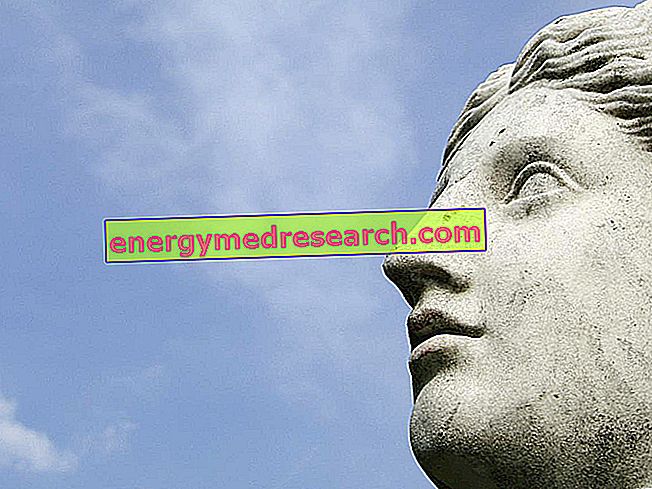Related articles: Hemorrhoids
Definition
Hemorrhoids are cushions of richly vascularized tissue, normally present in the terminal part of the rectum. Their function is to contribute, together with the anal canal and its sphincters, to evacuation and fecal continence. Depending on the circumstances, the hemorrhoids then "restrain" the faeces by replenishing blood, and "accompanying" them to the outside by emptying.
When hemorrhoids suffer insults and are irritated, they can increase in volume, becoming heavy and running down the supporting tissues that keep them in position; consequently, inflamed hemorrhoids tend to fall and protrude outside the anus, producing the characteristic symptoms of the haemorrhoidal disease.
At the base of these alterations there are genetic predispositions influenced by lifestyle and other factors, such as vessel fragility, prolonged upright standing, long sitting, pregnancy and an unbalanced diet poor in fiber. Also the chronic constipation, and the greater effort in the resulting defecation, favor the irritation of the hemorrhoids. There are also foods that have an irritating effect, such as sausages, alcohol, chocolate, spices and spicy foods; these foods can therefore trigger venous dilation and act as triggers.
Most common symptoms and signs *
- Anal burning
- Anal pain
- haematochezia
- Gastrointestinal hemorrhage
- Swelling in the anal area
- Fecal incontinence
- Mucorrea
- Rectal prolapse
- itch
- Anal itching
- rettorragia
- Blood from the anno
- Blood in the stool
- Sense of heaviness in the anus
Further indications
Inflammation of hemorrhoids can cause annoying disorders, such as swelling, burning and pain at the anal level.
Hemorrhoids typically manifest with bleeding, noted for red marks on toilet paper or as leaks after defecation. Sometimes, bright red blood drips into the toilet bowl in abundant quantities, in the form of hemorrhage. Other symptoms of haemorrhoids are mucus loss from the anus, itching and a feeling of incomplete evacuation. In more advanced stages, hemorrhoids can get complicated with the formation of blood clots inside them; the consequence of the thrombosed hemorrhoids is a very painful acute inflammation. Over time, there can be a permanent prolapse of the hemorrhoids, that is their exit from the anal sphincter. This causes pain, sometimes followed by necrosis and ulceration. Other complications are the formation of anal or perianal abscesses, anemia and fecal incontinence.
The diagnosis of the haemorrhoid disease is obtained through a careful proctological examination which includes anus and rectum inspection and anoscopy, an examination also useful for evaluating painless or bleeding hemorrhoids.
Generally, symptomatic therapy is sufficient. The milder cases can be treated with topical application of drugs with decongestant action, anesthetic creams containing lidocaine, phlebotonics (eg diosmin, centella asiatica, butcher's broom, red vine ...) and stool softeners (eg psyllium). The pain caused by the thrombosed hemorrhoids can be alleviated with NSAIDs.
However, if there is a worsening of symptoms, it may be necessary to resort to elastic endoscopic ligation, injective sclerotherapy or to traditional removal surgery (hemorrhoidectomy) or repositioning (Longo method, THD method).



